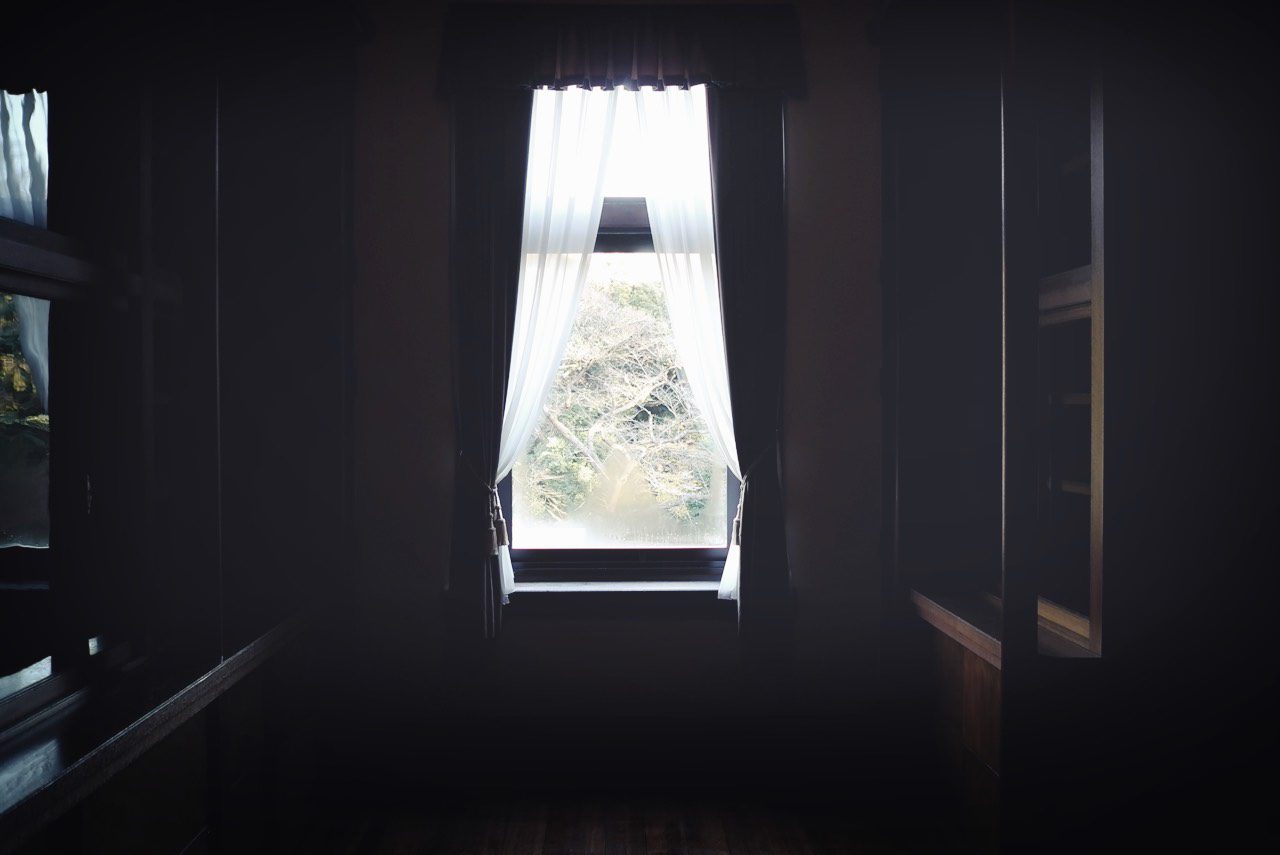
The Windows of the Teien Art Museum
09 Mar 2015
- Keywords
- Columns
Sumally is a social networking service that has been created from the concept of making “an ʻencyclopedia’ for everything that exists in the world” by categorizing things into the two categories of “Want” and “Have”. Kensuke Yamamoto, founder and CEO of Sumally, was formally an editor of a fashion/culture magazine. Still never one to miss out on an opportunity to experience the latest cultural trends, Yamamoto made a visit to the newly refurbished Tokyo Metropolitan Teien Art Museum, which reopened in November 2014. Here he shares his thoughts on the relationships that the Art Deco-style building creates between windows and light.
If one were to think about the function that a window fulfills as an object in a space, one could say that it is, more than anything, an entryway for light. At times, the light can be strong; at times, the light can be peaceful. This light is an important element that adds color to a space.
By fulfilling the role of a boundary with the outside, a window can alter how one perceives the scenery beyond it in various ways. The scenery can be blurred or tinted; it can even assume the role of a painting by being mediated through a window.
When the interior of a room is illuminated by light from a window, glass surfaces, for instance, might shine beautifully. They become important organic elements in the space that gently change their expression over time as they sparkle and glisten.
The trees beyond the window change color with the light of the different seasons, and they also bring the seasons into the spaces. It is in a sense inevitable that there are chairs in this space; the best seats in this space are beside the window.
People will come up with ways to allow only light to enter through the windows by creating boundaries using frosted glass or thin fabric. Unlike that of the electric bulbs, the light falling down from above illuminates the space in a gentle manner.
The textures and patterns appear toned down in the space illuminated by the fabric-filtered light from outside. They seem to softly emerge into sight. One can feel the coolness of the marble and the warmth of the wood from them.
The beautiful flooring faintly floats out of the dark when the light seeping through the curtains falls upon it. Natural materials may be most beautiful when they are illuminated by natural light.
A window will never be bested even by a beautiful chandelier. They each have their respective roles, but the light from outside is softer and gentler.
At times, windows can become passages to the outside. However, unlike doors, windows are only connected to internal outdoor spaces, such as gardens and verandas. They are not entryways; rather, they are a type of boundary.
A window that offers a view of the sky is beautiful just for that alone. One certainly will not reach the heavens by ascending the stairs towards the blue sky—but it is sure to liven up one’s mood regardless of all the small troubles one may have. James Turrell must have had the same thought, too.
Kensuke Yamamoto.
Founder and CEO of Sumally. Employed at Dentsu Inc. after graduating from the Hitotsubashi University Faculty of Commerce and Management. Later joined Condé Nast Japan and worked as an editor for GQ JAPAN. Left Condé Nast Japan to establish Sumally in April 2010. http://sumally.com/
This article was written with the cooperation of the Tokyo Metropolitan Foundation for History and Culture and Tokyo Metropolitan Teien Art Museum.
http://www.teien-art-museum.ne.jp/en/
*Photography is not allowed inside the museum except during specially designated periods.


















